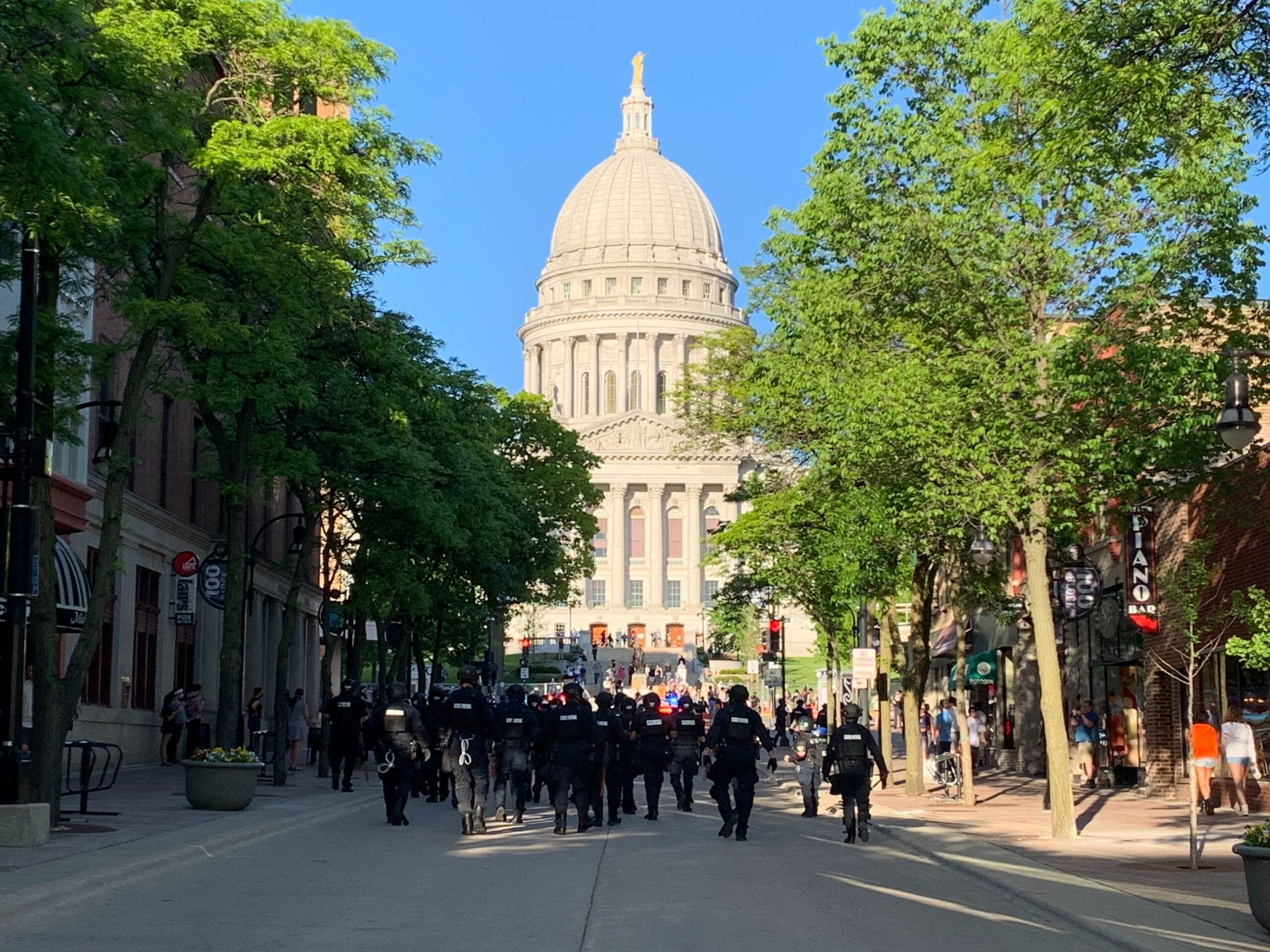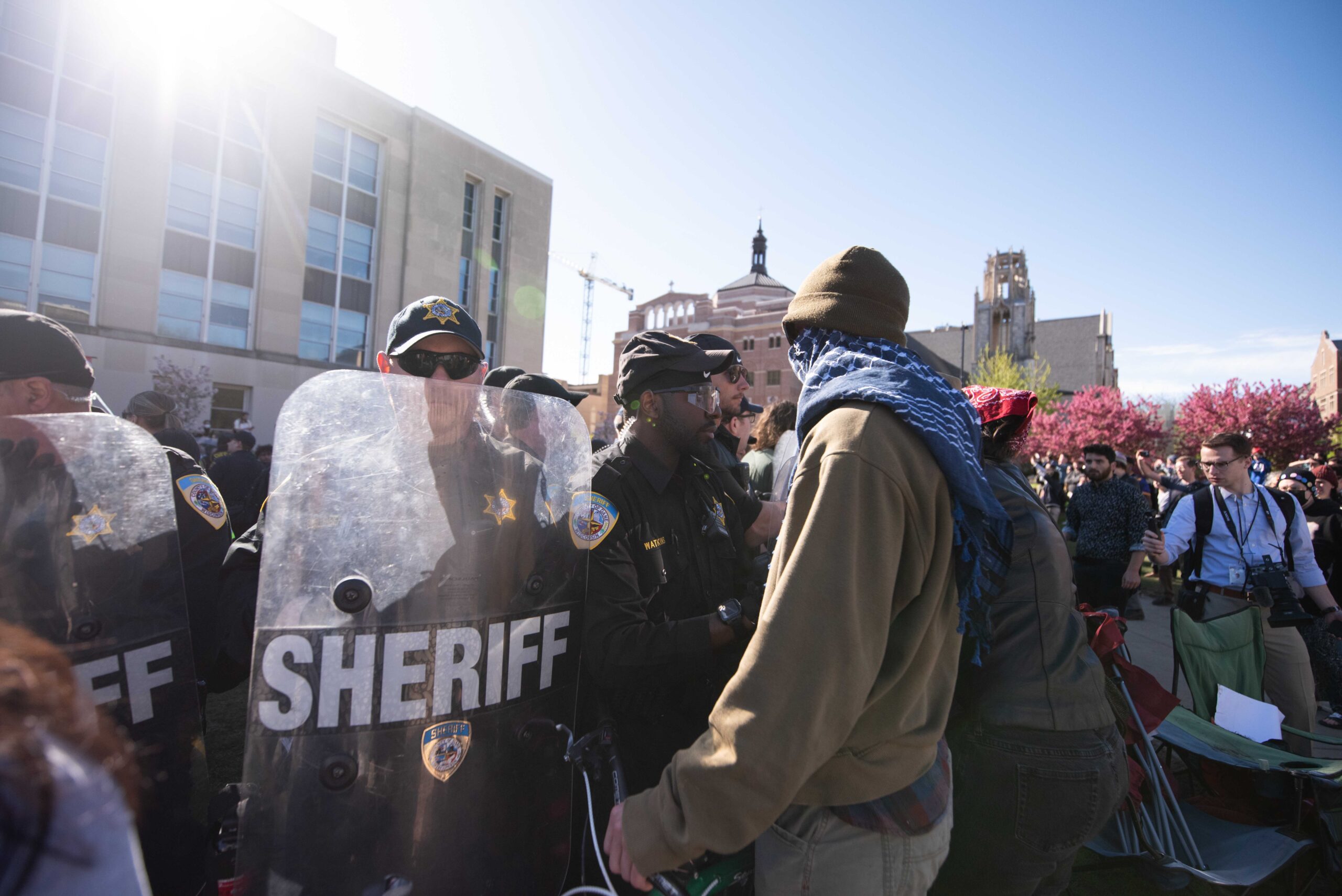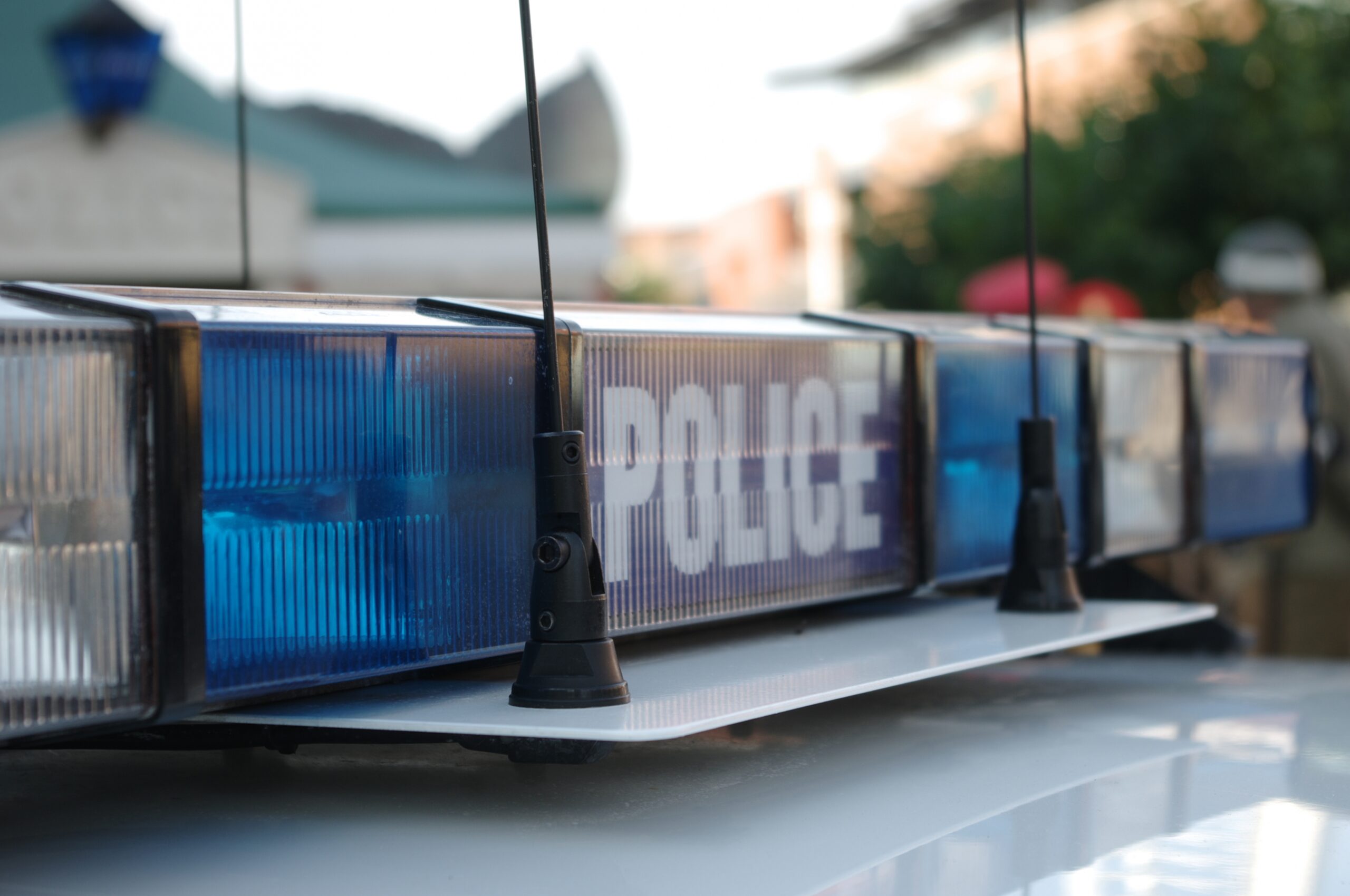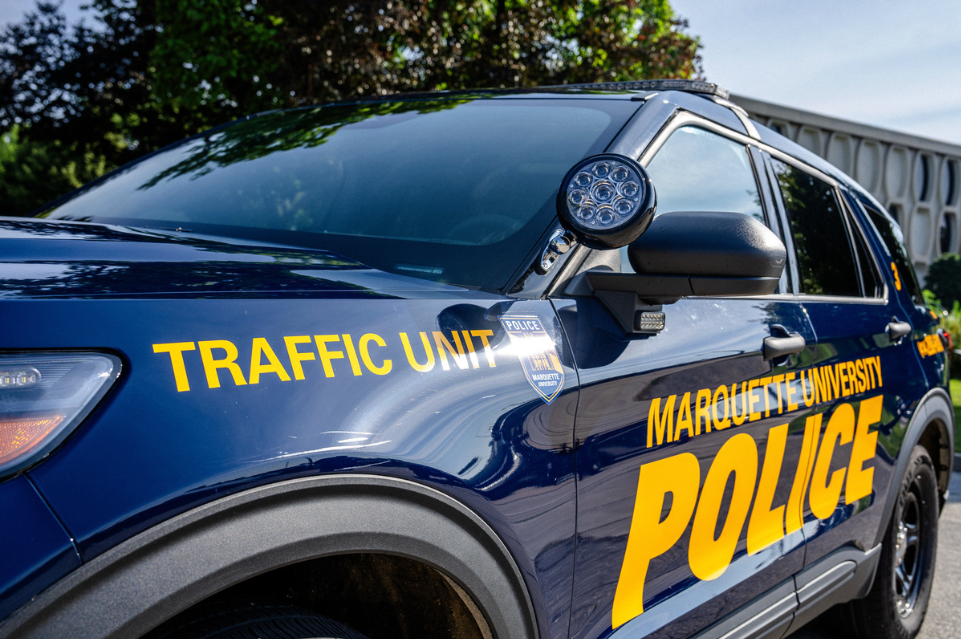The city of Milwaukee is preparing for the upcoming Republican National Convention with a wide security perimeter as a buffer from expected protests. The American Civil Liberties Union found these security measures to be excessive — so much so that it is suing the city for violating the First Amendment.
The press will cover both the protests and the convention. Law enforcement, including the U.S. Secret Service, will secure the barrier. This arrangement aptly embodies how the press and police function within society — as a bridge between lawmakers and the public, said Scott Memmel, adjunct communications professor at Marquette University.
On WPR’s “Wisconsin Today,” Memmel explores the nuanced interactions between journalists and police and how his new book, “Pressing the Police and Policing the Press: The History and Law of the U.S. Press-Police Relationship,” hopes to move the conversation and society forward.
News with a little more humanity
WPR’s “Wisconsin Today” newsletter keeps you connected to the state you love without feeling overwhelmed. No paywall. No agenda. No corporate filter.
The following was edited for clarity and brevity.
Kate Archer Kent: What are you expecting interactions between law enforcement and journalists to look like at the Republican National Convention?
Scott Memmel: It’s just a wait-and-see game, unfortunately.
There are two major types of interactions between the press and the police. One is what I call “cooperative coexistence,” where either they’re cooperating together in some way, or they’re just able to coexist. The reporters do their job. The police officers do their job. There are no major issues.
On the flip side, there can be moments of contentiousness. If the press is holding law enforcement accountable in some way, that can lead to some contentiousness. Also, vice versa: If law enforcement targets the press with anything along the lines of an arrest, violence or a threat, that’s going to make it contentious, too.
KAK: You write that police arrested 131 journalists while reporting on the protests that rose up after the murder of George Floyd in 2020. Why were journalists arrested?
SM: For one, we’re talking about chaotic scenes. This is where we could give some deference to law enforcement. There’s a lot going on. It’s just a lot of people, a lot of crowds. When the protests start to get a little more violent for whatever reason, it’s gonna put some extra pressure on law enforcement.
Now, at the same time, we could also be critical of law enforcement. We can also say, “These are journalists. They were wearing their credentials. They identified themselves as members of the press. They’re there to do their jobs, too.”
The key is, there’s some really important racial justice messages coming out of these protests, and the press is there to make sure that those messages are amplified and to inform the public while holding law enforcement and government accountable as they’re responding to these protests.
Combining a chaotic scene with law enforcement who aren’t taking a step back to recognize credentialed members of the media, you get a perfect storm that we saw, not only in Minneapolis but across the U.S.

KAK: Could more training for police and journalists improve interactions?
SM: I think that’s absolutely part of the equation.
For law enforcement, it looks like training in First Amendment rights — free speech, freedom of the press, and how to interact with journalists — both at chaotic scenes like a protest or your everyday event.
For journalists, training could include learning about media ethics. What are the media ethics around reporting on police? There’s a lot of discussion, research and videos online about how crime reporting can be very misleading. “If it bleeds, it leads,” so to speak. We all, as members of the public, have a warped sense of just how much crime is going on in our communities.
Media ethics and training for journalists on how to properly report on crime and policing should be part of the equation as well.
KAK: Public information officers are on the force and specifically trained to work with the media. How has this role affected the relationship between press and police?
SM: In the progressive era — the early 1900s — you start to see public relations bleeding into many aspects of our society, including law enforcement. That gains a lot of steam, especially when you get to the 1960s and the 1970s. These public relations efforts become very much an accepted part of law enforcement.
The main problem here is the added barrier between these two separate institutions. If journalists have free access to talk to police officers, police chiefs, detectives and other members of the force, that’s a lot of good access. That’s a lot of information you can compile.
With a public information officer, there’s one individual who’s spearheading those efforts. I’m not trying to denigrate (public information officers) in any way. I think they do important work, but they’re often one person, or at most maybe one department. Now you’re running into a barrier. Now you’re not immediately getting to those officers, to those officials in law enforcement.
It adds a barrier, which can certainly be productive for law enforcement. But the question, of course, is: What information isn’t getting out? What type of access are our journalists losing?
Wisconsin Public Radio, © Copyright 2025, Board of Regents of the University of Wisconsin System and Wisconsin Educational Communications Board.






